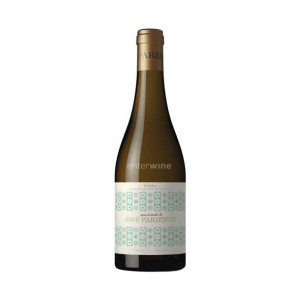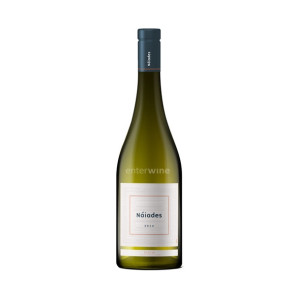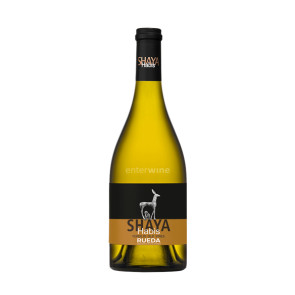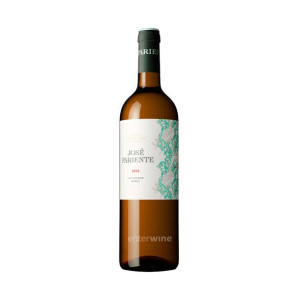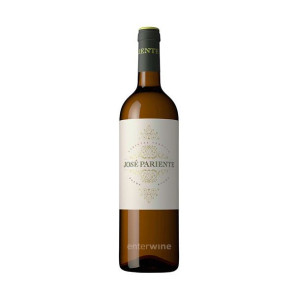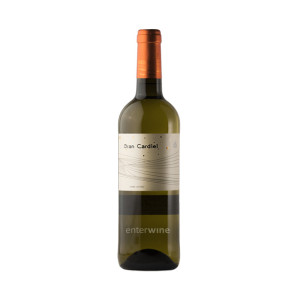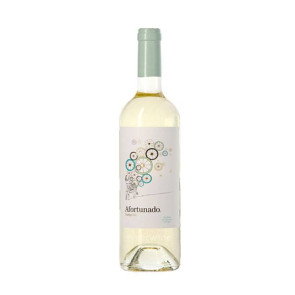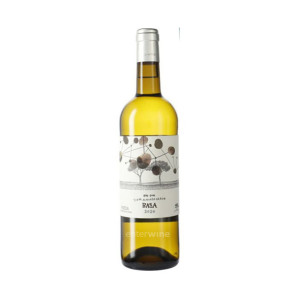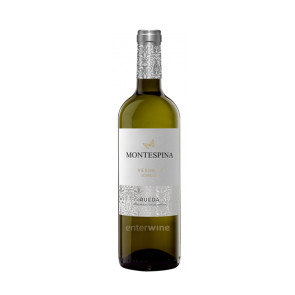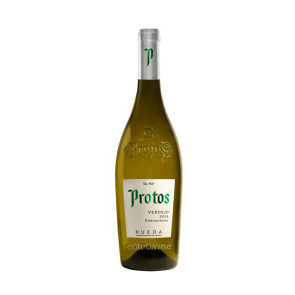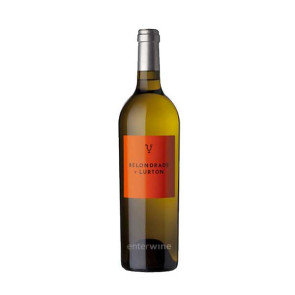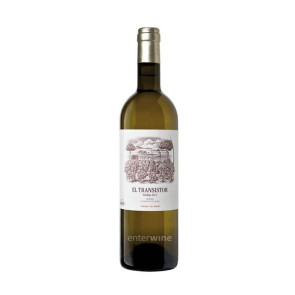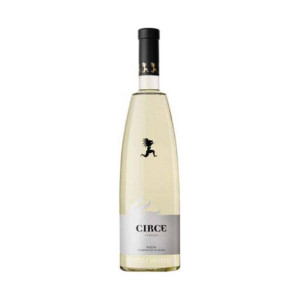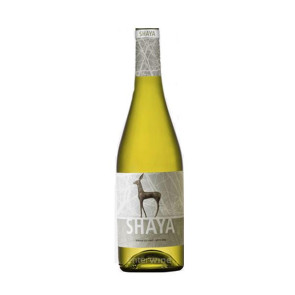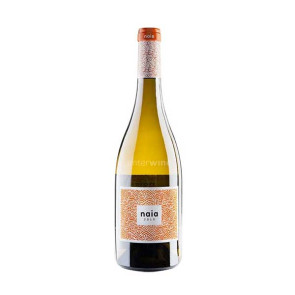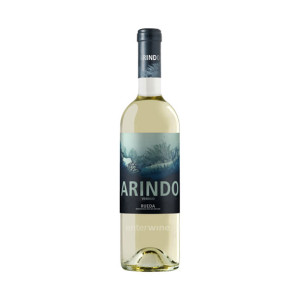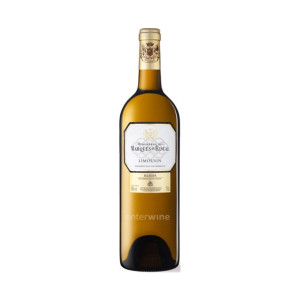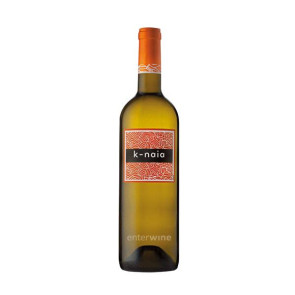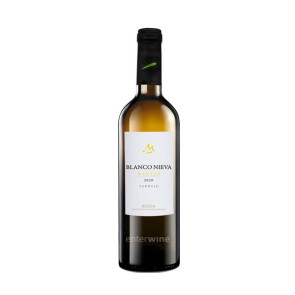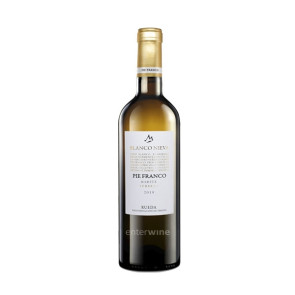Rueda
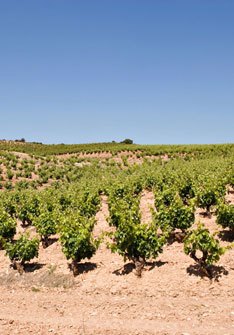
The Rueda wines are internationally praised because of their freshness and fruity character.
The region of Rueda was the first legally recognized Designation of Origin in the Castilla y León region of Spain. Officially approved in the year 1980, this zone specializes in the production of high quality white wines, the quality of which comes from the very special characteristics of the environment in this region. As for the production of red and rosé wines, the procedures established by the Rueda Designation of Origin were approved in August of 2008.
The Rueda DO is comprised of 74 different municipalities between the providences of Valladolid, Segovia, and Avila. The largest concentrations of wineries in region are located in the municipalities of La Seca, Rueda, and Serrada. The Rueda DO also occupies the main area of the Douro river basin. The relief is defined by a succession of alluvial terraces located on the banks of the river. The area is exposed to Atlantic winds.
The soils are mainly composed of gravel, and they are easy to work. This type of soil provides for excellent water drainage and root aeration. These soils house the best grape vines of the Rueda.
The region of the DO Rueda is marked by a harsh continental climate. This land is subjected to long and severe winters, followed by short springs and hot, dry summers with sudden, unwelcomed storms. The annual rainfall amount varies between 300-500 l/m2. Because of the stark differences between daytime and nighttime temperature, the grapes of this region have a very well-balanced sugar to acid ratio.
The Verdejo grape variety is native to the Rueda DO and occupies most of the in this region. This grape is perfectly adapted to this environment and tough climate. This grape variety was introduced into Spain by the Mozarabs. Despite the fact that there is no written record of this, it is widely accepted that Verdejo was cultivated in the early 11th century, during the repopulation of the Duero river basin that took place during reign of King Alfonso VI.
The wines from Rueda are defined by their characteristic aromas of aromatic herbs and their nuanced fruity sensations, as well as by their excellent acidity. These wines typically display a mixture of delicate bitternes and exotic flavours that makes them quite unique.
The wineries of the Rueda region craft three different types of young white wines: the Rueda Superior, crafted from a minimum of 75% Verdejo grapes; the Sauvignon Blanc, crafted from this single French varietal; and Rueda Blanco, which has a minimum of 40% Verdejo or Sauvignon.
The typical Verdejo white wine is the most popular wine from Rueda, and it is a great ambassador for the region. This is a young white wine that, after three months, develops a yellow and greenish colour and possesses a fresh and fruity palate. This wine is not aged before being bottled. Not being masked by oak, the wine shows its primary aromas of exotic fruit and bitter herbs in their full glory.
The Sauvignon Blanc wines from Rueda are marked by their varietal character. These are very fresh wines that generally have a yellowish-green, bright appearance. These wines show intense aromas of fruits and subtle herbal notions. The palate is long and pleasant, with tropical fruit sensations entwined with herbs.
The wines from the Rueda DO that are aged in wood do not lose their aromatic balance. We perceive notes of vanilla and toast, along with wooden notions and characteristic aromas of hay. These are all very typical of Verdejo varietals.
The grape varieties produced in the Rueda DO are the following:
Red varieties:
Tempranillo, Cabernet Sauvignon, Merlot, and Grenache
White varieties:
Verdejo, Sauvignon blanc, Viura, and Palomino fino.
-
White Wine Las Fincas de José Pariente 2023
€18.30 -
Sweet Wine Apasionado de José Pariente 2023
€13.85 -
White Wine Naiades 2019
€19.60 -
White Wine Shaya Habis 2022
€24.25 -
White Wine José Pariente Sauvignon Blanc 2024
€10.85 -
White Wine José Pariente Verdejo 2024
€10.85 -
White Wine Palomo Cojo 2024
€9.60 -
White Wine Gran Cardiel Verdejo 2024
€7.10 -
White Wine Afortunado Verdejo 2024
€6.95 -
White Wine Afortunado Magnum 2024
€14.10 -
White Wine Basa 2023
€8.65 -
White Wine Montespina Verdejo sobre lías 2024
€6.90 -
White Wine Protos Verdejo 2024
€7.45 -
White Wine Belondrade y Lurton 2023
€44.85Out of stock
-
White Wine El Transistor Verdejo 2023
€22.70 -
White Wine Blanco Nieva Sauvignon Blanc 2023
€6.95 -
White Wine Circe Verdejo 2024
€9.85 -
White Wine Shaya Verdejo 2023
€10.60 -
White Wine Marqués de Riscal Finca Montico 2022
€15.40 -
White Wine Montespina Sauvignon 2023
€6.70 -
White Wine Naia 2023
€8.20 -
White Wine Arindo 2023
€8.35 -
White Wine Marqués de Riscal Limousin 2022
€18.25 -
White Wine K-Naia 2023
€6.10 -
White Wine Blanco Nieva Verdejo 2023
€6.80 -
White Wine Blanco Nieva Pie Franco Verdejo 2023
€12.45



